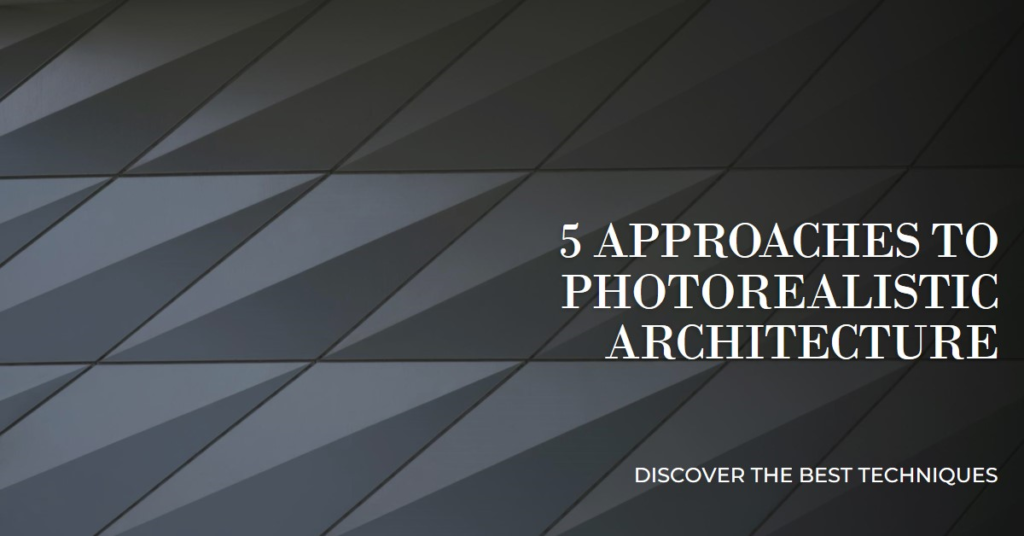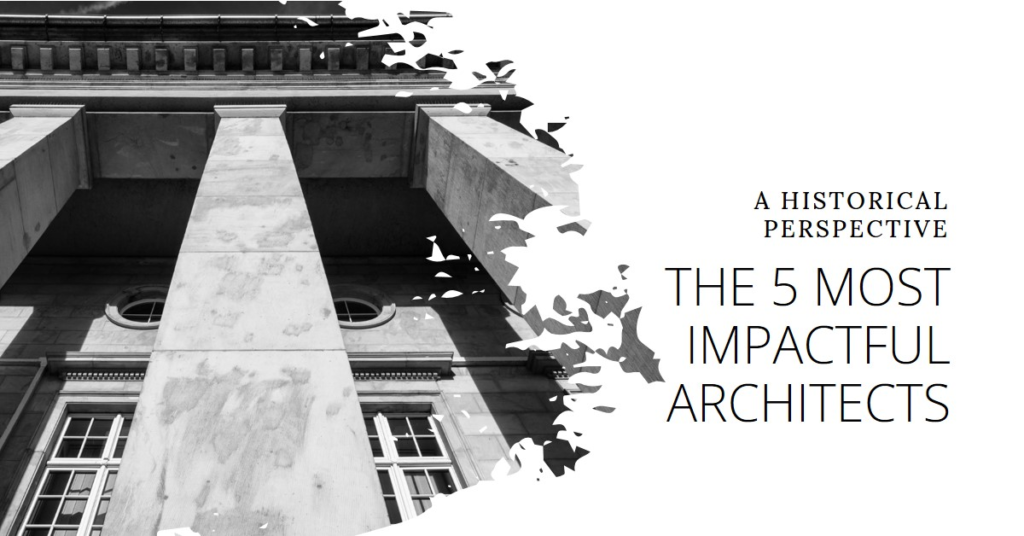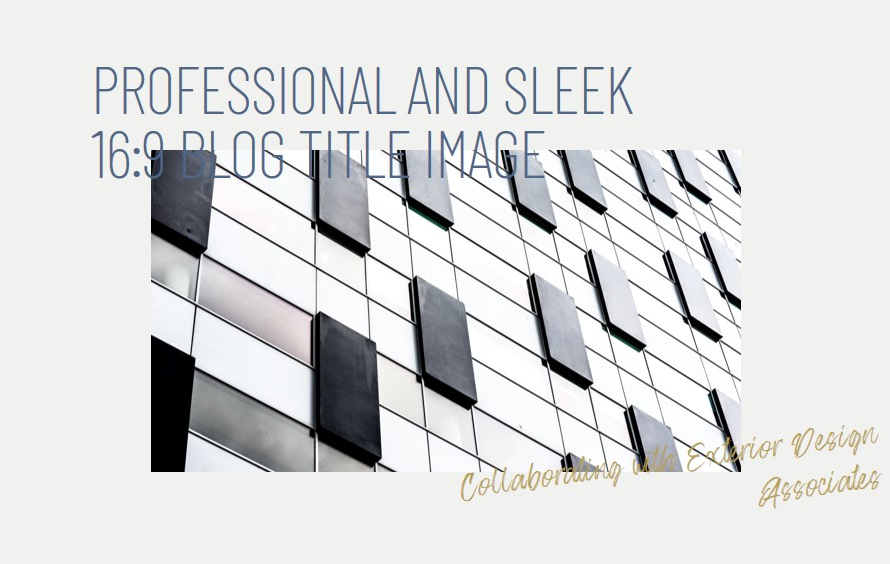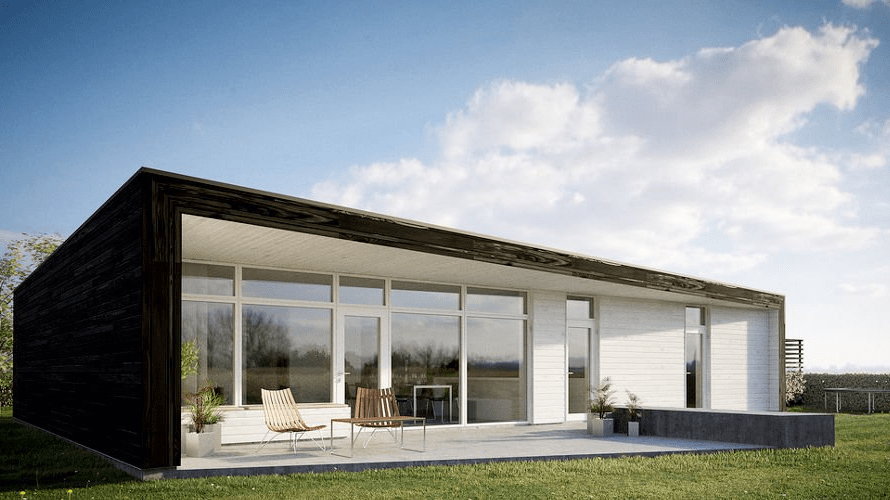
Table of Contents
1. Voxelus: Redefining Voxel-Based Design
Voxelus is a revolutionary 3D visualization program that leverages voxel-based technology to redefine the way designers create and interact with virtual environments. Unlike traditional polygon-based modeling, voxel-based design allows for precise voxel manipulation, enabling designers to sculpt and modify objects with unparalleled detail and ease. Voxelus offers a user-friendly interface combined with powerful voxel editing tools, real-time rendering capabilities, and seamless integration with VR platforms, making it a promising tool for architects, game developers, and digital artists seeking innovative ways to visualize and create immersive virtual worlds.
2. Clara.io: Cloud-Powered Collaboration and Rendering
Clara.io is a cloud-based 3D modeling and rendering platform that emphasizes collaborative workflows, accessibility, and high-quality rendering capabilities. With its intuitive interface and robust feature set, Clara.io enables designers to create complex 3D models, animations, and scenes directly within a web browser, eliminating the need for extensive software installations or hardware dependencies. The platform offers real-time collaboration tools, version control, and cloud rendering services powered by NVIDIA RTX technology, allowing users to render photorealistic visuals efficiently and scale rendering resources as needed, making it a valuable asset for design teams and solo artists alike.
3. Fologram: Bridging Physical and Digital Realities
Fologram is a groundbreaking mixed reality platform that bridges the gap between physical spaces and digital design workflows, offering architects and designers unprecedented capabilities for spatial visualization and collaboration. By combining augmented reality (AR) technology with real-time 3D modeling tools, Fologram enables users to overlay digital designs onto physical environments in real time, allowing for immersive design reviews, on-site visualization, and interactive prototyping. The platform supports various AR devices such as HoloLens and mobile devices, empowering users to explore and interact with 3D models in the context of real-world environments, revolutionizing the way designers conceptualize and communicate design ideas.
4. Twinmotion: Real-Time Architectural Visualization
Twinmotion stands out as a powerful real-time visualization software tailored specifically for architects, urban planners, and landscape designers, offering intuitive tools for creating stunning visualizations and immersive experiences. With its easy-to-use interface, extensive library of assets, and seamless integration with BIM workflows, Twinmotion allows users to quickly generate realistic renderings, animations, and virtual tours of architectural projects. The software leverages real-time rendering technology to provide instant feedback on design changes, lighting scenarios, and material effects, empowering designers to iterate rapidly and showcase their designs with cinematic quality and interactivity.
5. Vectary: Collaborative 3D Design Platform
Vectary is an innovative web-based 3D design platform that focuses on collaborative workflows, accessible design tools, and real-time rendering capabilities, catering to designers, marketers, and creative teams looking to create and share 3D content effortlessly. With its drag-and-drop interface, customizable templates, and extensive library of 3D assets, Vectary streamlines the process of creating 3D models, product visualizations, and interactive experiences without the need for complex software or technical expertise. The platform supports collaborative design projects, version control, and cloud rendering, enabling teams to collaborate remotely, iterate on designs seamlessly, and deliver high-quality 3D visuals for marketing campaigns, product presentations, and interactive media.
6. Blender: Open-Source Powerhouse
Blender has gained significant traction as a versatile and powerful open-source 3D modeling and animation software, offering a wide range of features for modeling, sculpting, texturing, rendering, and animation. Its active community, frequent updates, and extensive plugin ecosystem make it a compelling choice for artists, designers, and developers seeking a cost-effective and flexible solution for 3D visualization projects. Blender’s capabilities extend to real-time rendering engines like Eevee, advanced simulation tools, and support for VR and AR workflows, positioning it as a comprehensive and accessible option for a diverse range of creative professionals.
7. Enscape: Real-Time Visualization for Architects
Enscape is a real-time visualization plugin that integrates seamlessly with popular architectural design software such as Revit, SketchUp, and Rhino, empowering architects and designers to visualize and present their projects in real time with stunning realism. With Enscape, users can navigate through their designs, adjust lighting conditions, and explore design options instantly, making design reviews, client presentations, and interactive walkthroughs more engaging and efficient. The plugin’s ease of use, fast rendering speeds, and high-quality visual output make it a valuable asset for architectural visualization workflows, enhancing design communication and decision-making processes.
8. Lumion: Quick and Easy Architectural Rendering
Lumion has established itself as a go-to software for architects and designers looking to create impressive architectural visualizations and animations quickly and easily. With its vast library of realistic materials, vegetation, weather effects, and lighting presets, Lumion allows users to transform their 3D models into lifelike renders and immersive videos with minimal effort. The software’s intuitive interface, real-time editing capabilities, and one-click scene creation tools streamline the rendering process, empowering designers to focus on creativity and storytelling in their architectural presentations and marketing materials.
9. Daz 3D: Character-Centric 3D Visualization
Daz 3D specializes in providing a comprehensive platform for creating and rendering lifelike 3D characters, environments, and animations, catering to artists, game developers, and content creators seeking high-quality character modeling and animation tools. With its extensive library of customizable characters, clothing, props, and poses, Daz 3D enables users to design and animate realistic human figures for various projects, including visual novels, games, animations, and multimedia productions. The platform’s integration with industry-standard rendering engines like NVIDIA Iray and 3Delight ensures exceptional rendering quality and realism for character-centric 3D visualizations.
10. SketchUp with V-Ray: Enhanced Visual Fidelity


SketchUp combined with V-Ray presents a powerful combination for architects, designers, and visualization artists looking to achieve enhanced visual fidelity and realism in their 3D renders. While SketchUp provides intuitive modeling and scene creation tools, V-Ray’s advanced rendering capabilities, including global illumination, accurate lighting simulations, and realistic material shaders, elevate the quality of SketchUp models to photorealistic levels. The integration of V-Ray’s rendering engine within SketchUp’s familiar interface streamlines the rendering workflow, allowing users to focus on design creativity while producing stunning architectural visualizations with V-Ray’s rendering prowess.
By exploring these new and innovative 3D visualization programs, designers, architects, and visualization artists can stay ahead of the curve, leverage cutting-edge technologies, and unleash their creativity to create compelling and immersive visual experiences for diverse industries and projects.


